80 Years After Her Fiance Died in a Car Crash, Their Descendants Found Each Other
- By Esther
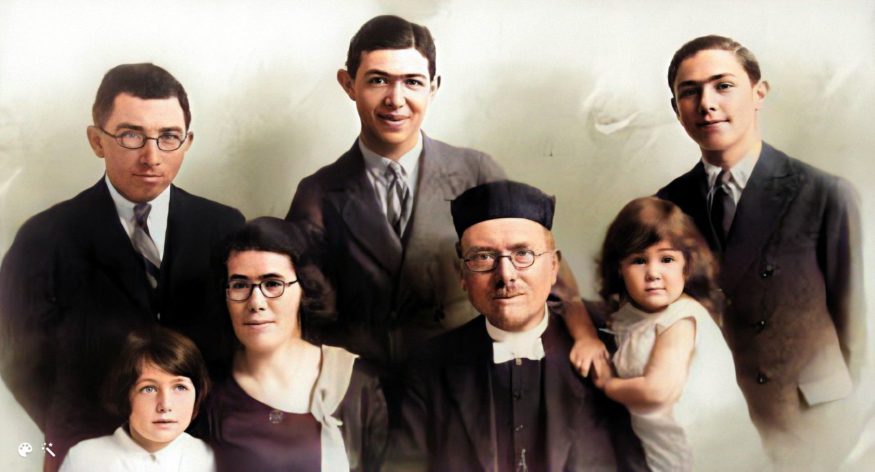

The new record collection recently added to MyHeritage, Lithuanian-Jewish records from LitvakSIG, 1795–1940, is of particular significance to people descended from the Jewish community of Lithuania and the surrounding areas. Today, we’d like to highlight a fascinating and bittersweet story from MyHeritage user Eli Rabinowitz, who is of Lithuanian-Jewish descent.
Eli Moses Rabinowitz is a filmmaker, web developer, and photographer who was born in Cape Town, South Africa and currently lives in Perth, Australia. Many members of the Jewish community in South Africa have Lithuanian roots. Eli began taking interest in genealogy in 1992, and has traced his family lines back to several Jewish communities in Europe. For example, his 3rd great-grandfather, Avraham Shlomo Zalman Zoref, was a follower of the Gaon of Vilna (a well-known sage from Lithuania) and immigrated to Jerusalem in 1811 from his native Kėdainiai, Lithuania. Avraham was a pioneer in rebuilding the Ashkenazi Jewish community in the Old City of Jerusalem and played a pivotal role in obtaining permits to reconstruct the famous Hurva Synagogue.
When Eli set out to research his family, he knew very little about the great-uncle whose name he inherited — Moshe. What he did know was that Moshe had died in a motor accident 6 weeks before he was supposed to be married, sometime in the late 1920s or early 1930s.
But what exactly happened to Moshe? And what became of the young woman who should have become Eli’s great-aunt?

A photo of Moshe Rabinowitz with his fiancée, Paula Lichtzier, colorized and enhanced on MyHeritage
While Eli was tracing his family history back to the Jewish communities of Europe, he learned that his grandfather, Nachum Mendel Rabinowitz, was born in 1887 in Orla — a small village near Bialystok, Poland — and eventually migrated south to what was then Palestine and settled in South Africa. Nachum’s brother Moshe, after whom Eli was named, joined his brother in South Africa in 1921.
In November 2010, a Polish researcher named Wojciech Konończuk was writing a book about the Jewish community of Orla and came across Eli’s research online. Wojciech made contact with Eli asking if he could share any testimonies or photos from the Orla branch of his family, and Eli began sharing his research with him.
About 6 months later, Eli took a heritage tour of Latvia, Lithuania, Poland, Hungary, and Turkey. On his way back home to Australia, he stopped to visit his last surviving aunt, Sarah, in Jerusalem. During the visit, Sarah gave him a photograph she had from Orla: a school photo with the students holding a sign that reads “Orla Folk School II” in Yiddish, and had the year 1920 written on the back. She pointed out the teacher on the bottom left corner of the photo: Moshe, Eli’s great-uncle.

The photograph Eli’s aunt Sarah gave him
Eli scanned the photo and sent it to his family — and to Wojciech, the Polish researcher.
A month later, Wojciech wrote to Eli with an odd coincidence: he had received a photograph from a researcher in London that looked very similar to Eli’s.

Mary, who was researching a different family from Orla, did not know the names of anyone in the photo, but had shared it because Orla is mentioned on the banner. When Wojciech saw the photo, he immediately recognized the teacher on the top left as Moshe Rabinowitz — the same person in the photo Eli had sent him a month before.
Wojciech helped Eli and Mary connect the dots: when he mentioned Moshe’s name to Mary, she responded that that was the name of the man who had been engaged to Paula Lichtzier from Orla — a member of one of the families she had been researching. She added that Moshe had been killed in a car accident 6 weeks before his wedding to Paula. Some time after Moshe’s death, Paula had gone on to marry a man named Joe Pinn, and they had a daughter: Ray Hengy, who lived in Freiburg, Germany.
Mary put Eli in touch with Ray, and Ray sent him some photos, including some of Paula with Moshe’s family.
“It was somewhat eerie to receive photographs of my family from a stranger in Germany,” says Eli. “Apparently, Ray’s mother, Paula, maintained a close relationship with Moshe’s family in Cape Town after Moshe’s tragic death.” Eli’s aunt Sarah wrote in her memoir that she stayed close with Paula after Moshe’s death, and that Paula even sewed her a wedding dress when Sarah got married.
Eli met Ray for the first time in Warsaw in May 2012. Together with their spouses and with Wojciech, they traveled to Bialystok, Orla, and Treblinka — where a memorial stone stands in memory of the community of Orla.

Eli and Ray in Treblinka
When they met, Ray showed Eli something on her finger: an old engagement ring.

Ray told Eli that this was the engagement ring Moshe had given Paula, and that Paula treasured it throughout her life.
Later, Eli was able to gather more details about Moshe’s death by contacting the Jewish burial society to learn the exact date of death and using that to search the local newspaper archives. He found two newspaper clippings reporting on it, including the following, which provided a detailed account of the accident:

“A young Jewish teacher of Hebrew named Rabinowitz, living at Coghill’s Hotel, Wynberg, was fatally injured in a collision between a motor-car and a bus at Salt River at 12:40 a.m. today,” reads the report. It describes the circumstances of the accident and mentions that Moshe was the brother of “Rev. Mr. Rabinowitz, a Jewish minister.” At the end, it says: “He was engaged to be married to a young woman who recently arrived from Palestine.”

Moshe Rabinowitz, colorized and enhanced detail from a family photo
Sadly, Paula’s daughter Ray and her husband Heinrich passed away last year. But Eli is extremely grateful that he had the opportunity to meet them and to close the circle left so painfully open by his great-uncle’s untimely death. We imagine Moshe would have been so proud of his namesake for all the effort he put into uncovering his story.
Eli says he has found MyHeritage’s extensive database management and DNA management very useful in his research, and that he is particularly impressed with the photo features. “I have been sharing some of my colorized photos on my networks, with strong positive feedback,” he says.
When asked if he has any tips for other genealogists, Eli says: “Be tangential — be open-minded, and follow your leads, even if they seem to be headed in another direction; ask the experts — nicely! Say please and thank you, and you will find more luck coming your way than by being arrogant and a know-all; be patient and thorough; and be prepared to travel to fill in the context and general history and geography.”
You can read more about Eli’s research on his blog: https://elirab.me/
Does your family also have roots in the Jewish communities of Lithuania and the surrounding regions? Who knows what stories you might uncover in our new historical record collection! Search Lithuanian-Jewish records from LitvakSIG, 1795–1940 now.


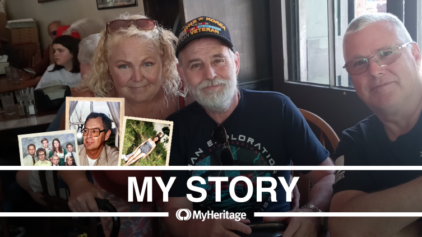
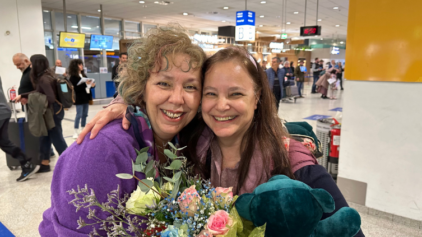
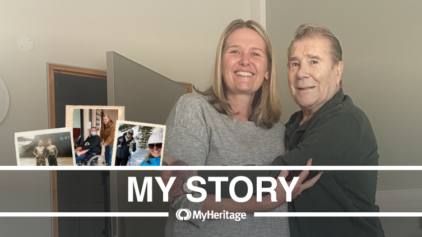
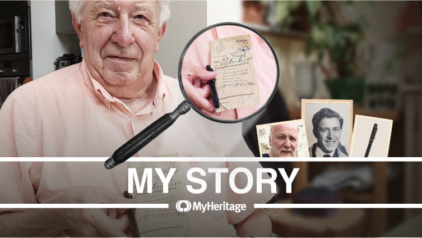
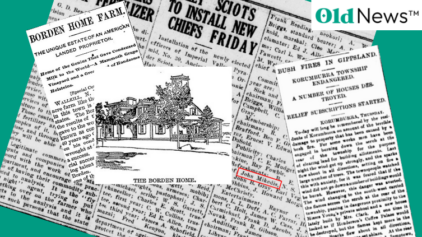

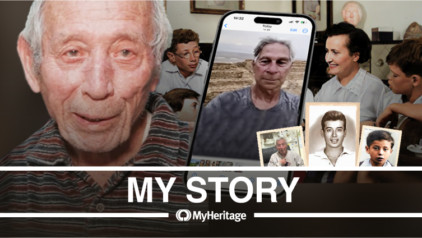


Driss Nini
March 21, 2021
Yes, my family have roots in Jewish communities of Lithuania.
I don’t know my ancestor’s name so far, and can’t wait until I know more about her, but at the same time I’m afraid I’ll uncover a life not made of bunch of roses, as I know she, like many Ashkenazi, give up Judaism to become Christian.
Anyway, my mother’s family used to talk about a “Russian Jewish ancestor”, therefore her memory stayed ‘alive’.